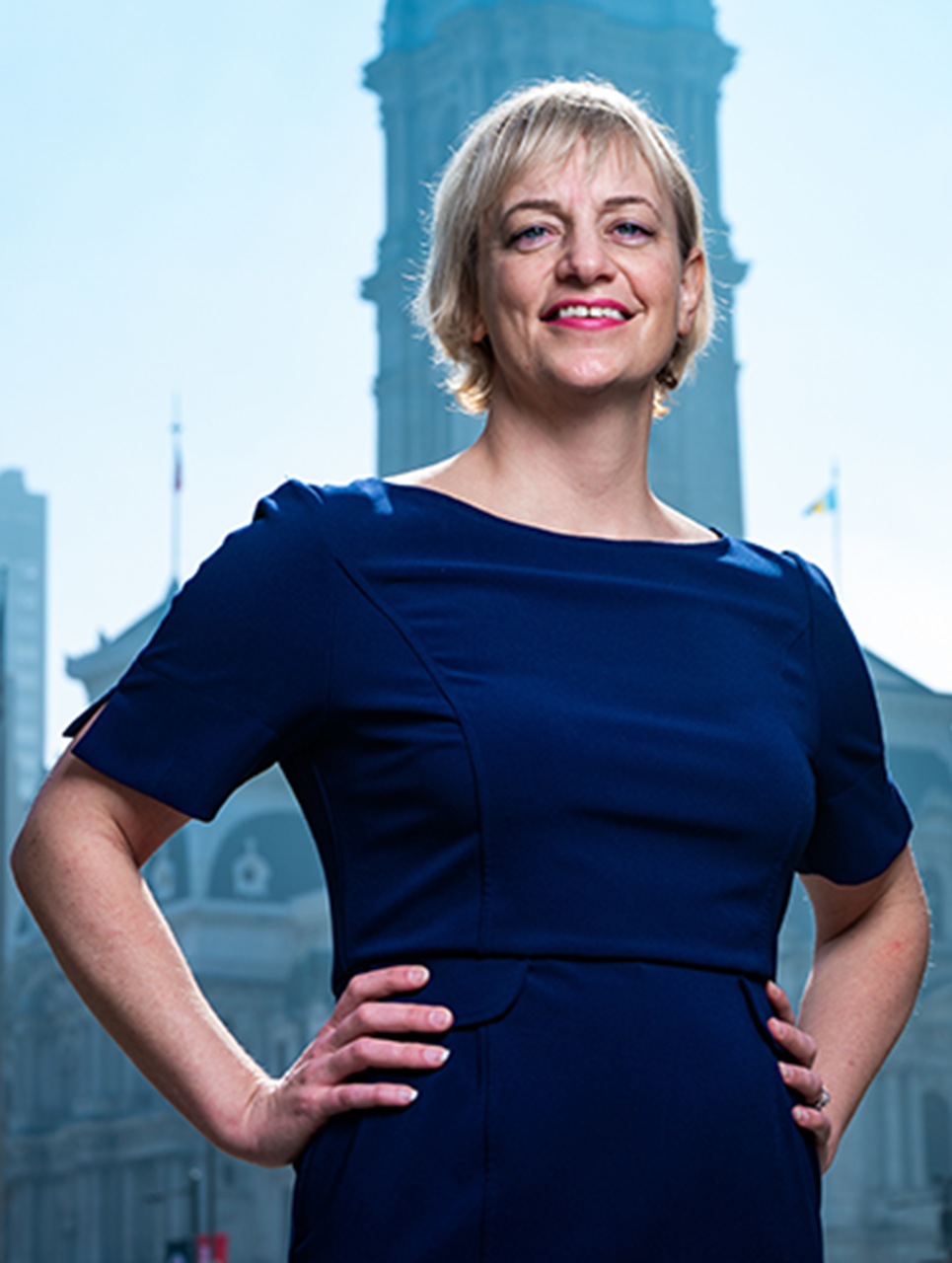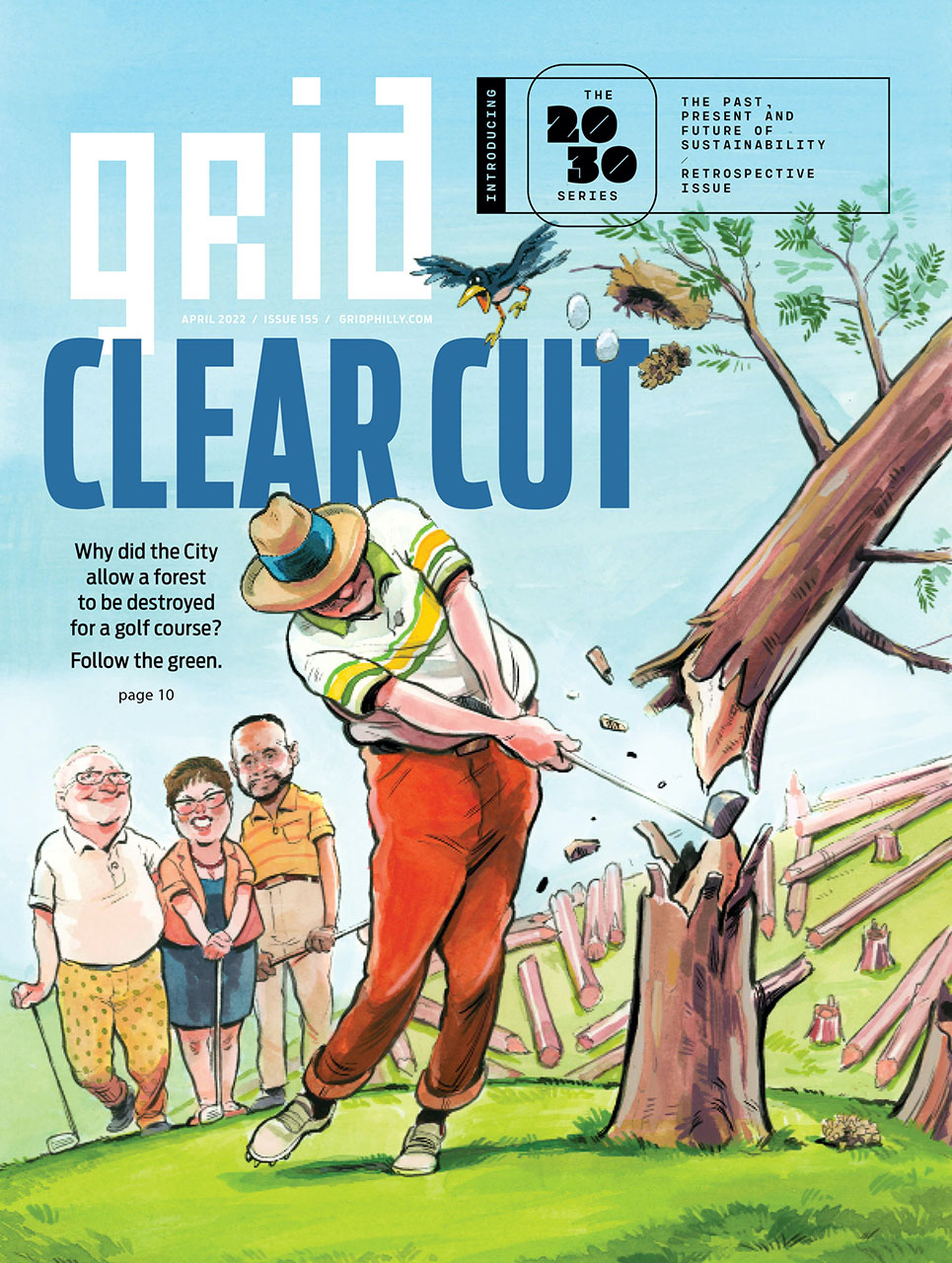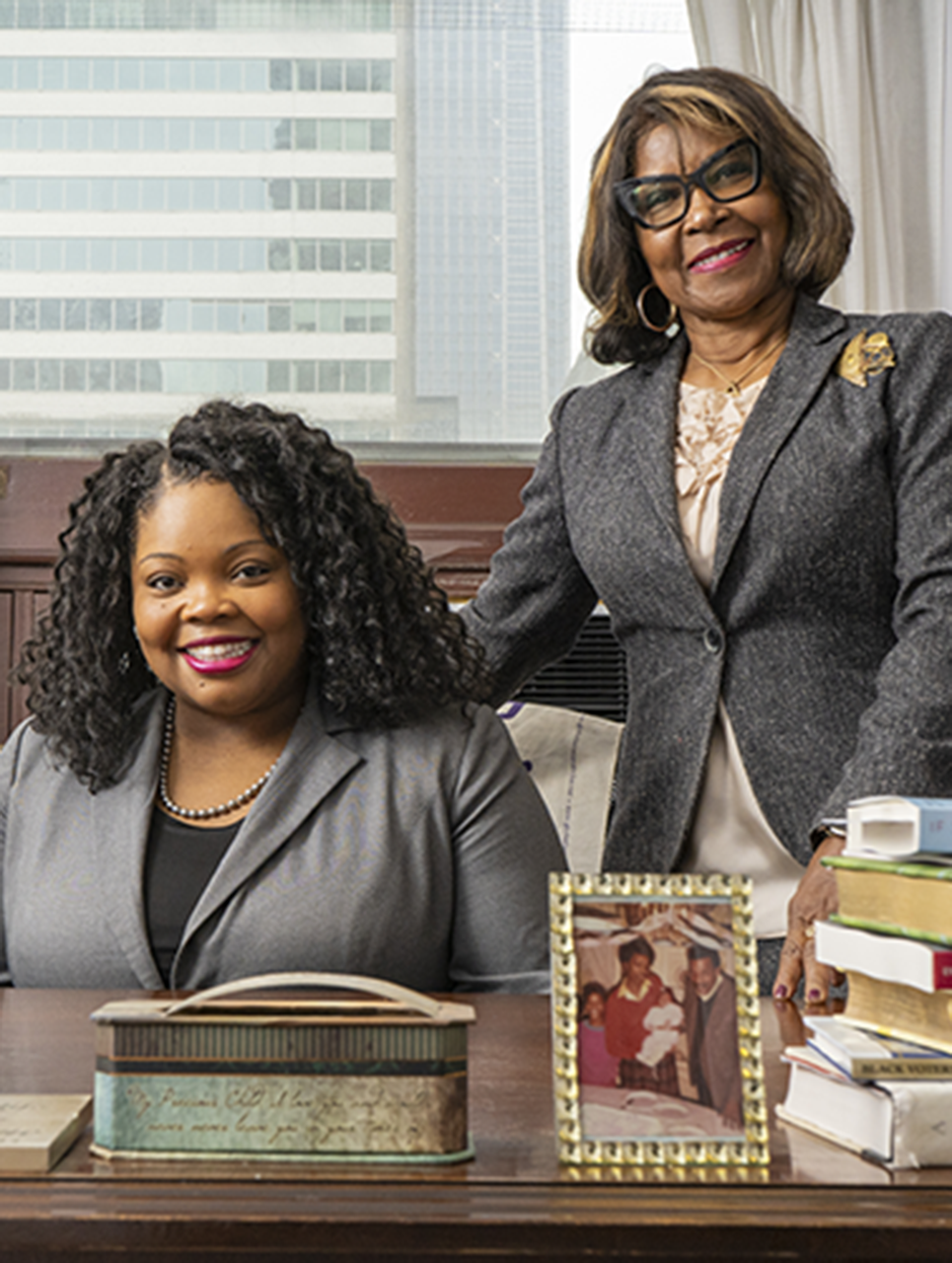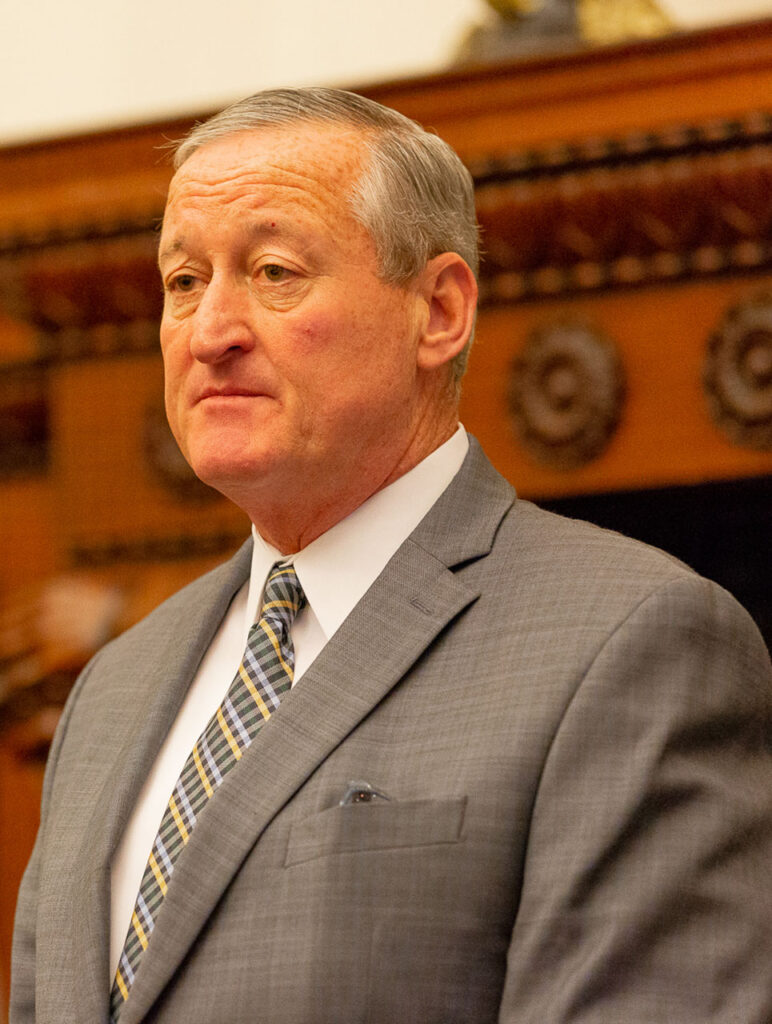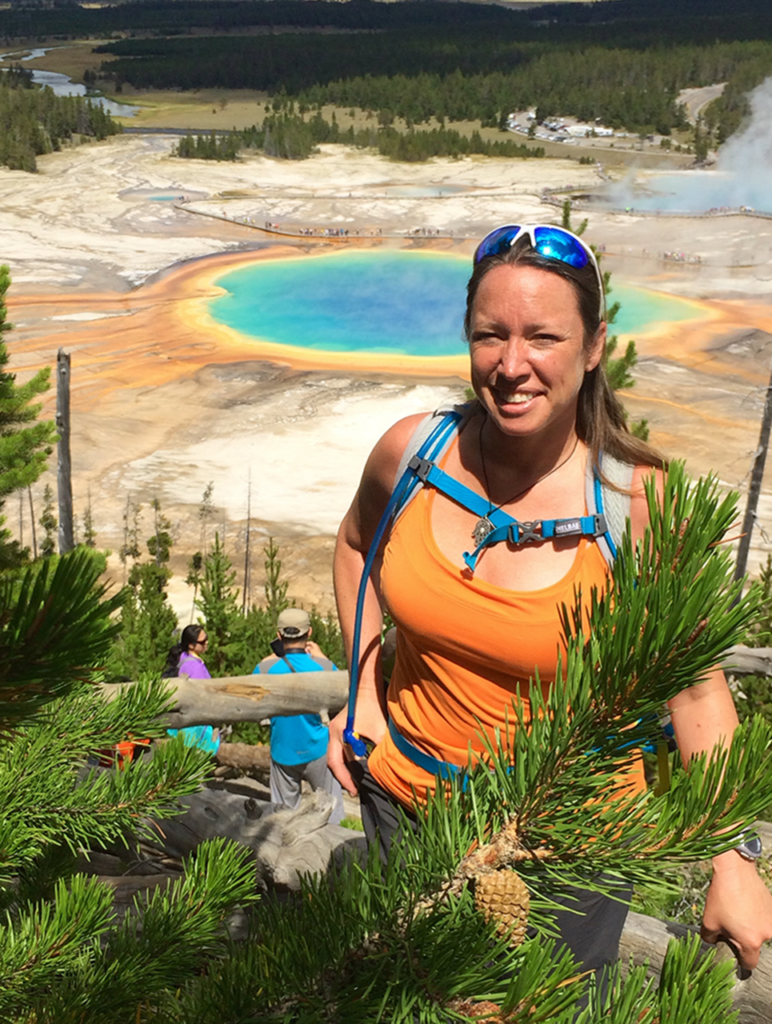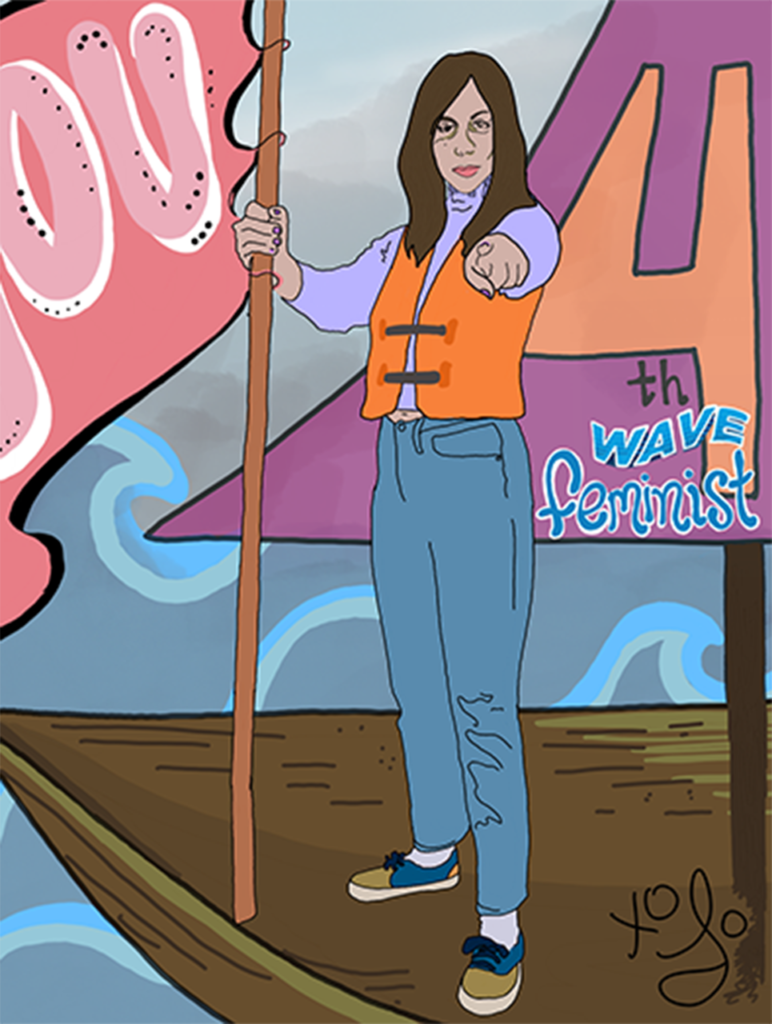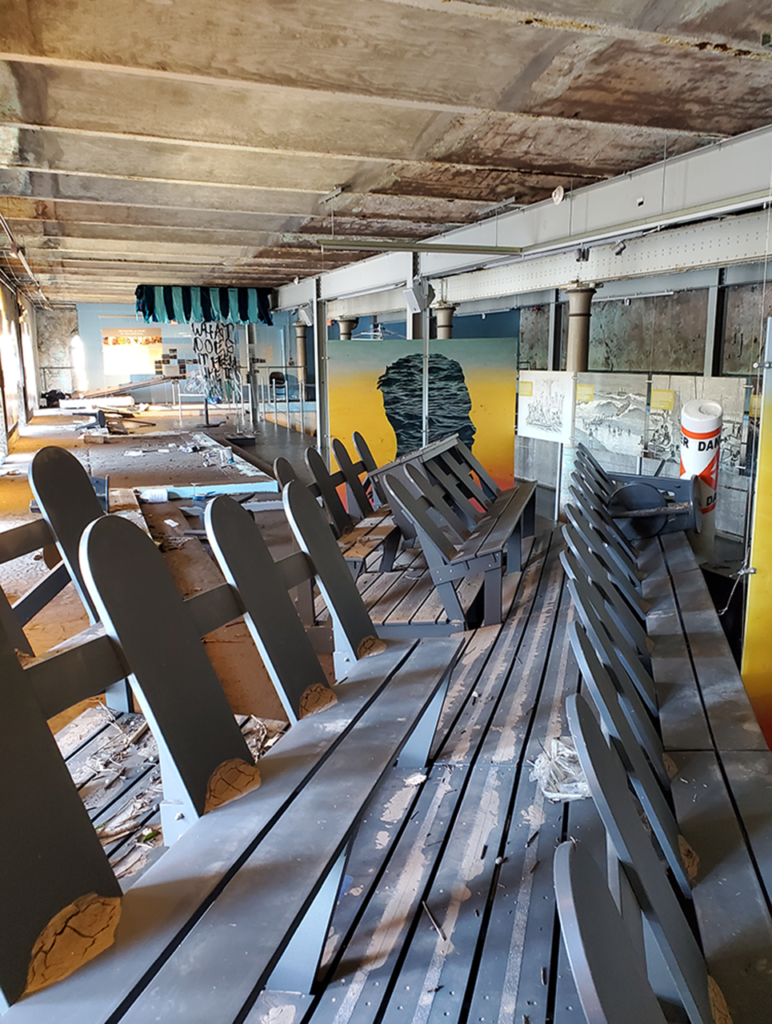The History
2008 was an exciting time to launch a sustainability magazine. From out of nowhere (or so it seemed), a community of bold thinkers and innovators coalesced around issues like local food, stormwater management, renewable energy, green building and recycling.
Christine Knapp, who was working for the environmental advocacy group PennFuture, was central to two organizations setting the stage for the birth of Philadelphia’s sustainability scene: Next Great City, a PennFuture initiative funded by the William Penn Foundation in 2005, convened health, environmental and civic organizations to brainstorm. They collected 80 suggestions, which were winnowed down to a 10-point environmental agenda designed to shape the conversation in the upcoming mayoral race.
Secondly, Knapp led the Urban Sustainability Forum, which brought leading voices, both local and national, to the stage of the Academy of Natural Sciences. As Knapp points out, “I think one thing to remember is the Urban Sustainability Forum was the first time we were using that word.”
The culmination of Knapp’s policy work and public promotion was hosting the 2007 mayoral candidates at the Academy, which would greatly benefit then-Councilmember Michael Nutter’s campaign.
Katherine Gajewski, who was working on Nutter’s outreach team, remembers the debate at the forum.
“The contrast between Bob Brady and Michael Nutter, in how they were speaking to these issues was so stark,” says Gajewski. “At that moment, I felt things were starting to click.”
Nutter had asked University of Pennsylvania urban planning professor Mark Alan Hughes to act as his chief policy adviser. Hughes, then working toward a degree in architecture, agreed, though he admits: “I would have never said yes if I thought he would win.”
One of the dozen or so policy papers Hughes had written for Nutter was on the environment. Following the success of the Urban Sustainability Forum, there was so much momentum around the issue that Nutter decided to create the Office of Sustainability (OOS). Nutter asked Hughes to head the new office, so he (reluctantly) quit architecture school and got to work.
Mayor Nutter boasted that he wanted Philadelphia to be “the greenest city in America.” Hughes’ first task was to put together Greenworks, the overarching document which would create goals and outline the city’s sustainability efforts. Hughes admits that this topic was not his bailiwick, but he had plenty of good sources to draw from: the aforementioned 10-point plan from Next Great City; the work that had been done by the under-utilized staff in place under Mayor John Street; New York City’s PlaNYC and Chicago’s Climate Action Plan.
Hughes would serve in the position for a year—a very busy year, when he would log over 200 public appearances. He was eager to return to the halls of academia, so he approached the task of broadening the audience of sustainability with a self-described “mania.” But it wasn’t just his mania that led to the extensive speaking gigs. “There was so much demand to hear about this topic that I just felt like I had to. I was supposed to be saying yes.”
After Hughes’ year of public appearances, Katherine Gajewski took the office, and served in the position from 2009 until 2016. Gajewski was a decidedly more low-key personality, though she was no less effective or driven. She was not quite 30, but she had already proven her political skill as the coordinator of the Breathe Free Philadelphia Coalition, the organization that successfully advocated for the city’s smoking ban.
She went on what she calls a listening tour, reaching out to as many government departments as possible, with the goal of spreading sustainability leadership among all of departments.
She says, “I felt successful when [Deputy Mayor of Transportation and Utilities] Rina Cutler and Mike D[DiBerardinis] got in a big fight over who got to own one piece of Greenworks,” recalls Gajewski. “I was like, ‘Yes, this is wonderful.’”
Things came full circle when Jim Kenney was elected mayor in 2015, and Knapp became the third person to hold the position that was created, at least in part, by the work she had done as an activist years before. Her tenure has coincided with more frequent extreme weather and the Black Lives Matter movement.
“We can’t talk about future resilience unless we address the past harms that have put neighborhoods in situations where they’re more vulnerable to future risks,” Knapp says. “There’s a reason Eastwick is so vulnerable to flooding, and it’s 1950s urban renewal.”
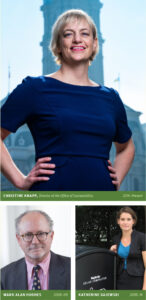
The Long View
On February 1, I had the opportunity to interview (via Zoom) Hughes, Gajewski, who now lives in Chiacago, and Knapp. They know each other well, and their camaraderie is apparent. After some reminiscing, the conversation turned to the present and future. Fourteen years after the launching of this office, how were they feeling about the state of the world?
Hughes began: “I’ve never spoken to a 20 year-old, who says the source of their anxiety is when somebody tells them the truth. The source of their anxiety is when a bunch of people in power don’t seem to be taking the problems fully seriously.”
He also believes that the framing of action around climate change has been flawed. “It’s not about meeting the 1.5 or the 2.0 degree [Celsius] target. It’s continuous work. So everything you do, as an individual, or as an institution, can help. And therefore, you should continue to do as much as you can.”
Gajewski agrees that the deadline-driven approach, couched in terms of loss, is not as effective as it needs to be.
“It’s all been about managing loss, rather than really stepping into the abundance of what’s possible and helping to paint a picture of what we gain by making some of these fundamental changes that are required in order to address racial injustice, in order to address our economic structure and how that’s resulting in climate change. None of this is going to get solved in our lifetime. This is multi-generational work.”
For Knapp, a trip to Copenhagen to attend the c40 conference, a network of mayors working on climate change around the world, was transformative. “Even though I always tried to use more positive messaging, I really didn’t fully buy it myself until I [went to Copenhagen]. They were in a similar post-industrial, down-on-their-luck kind of situation. To Katherine’s point, climate change can multiply risk, but it can multiply opportunity.”
And what are the opportunities? Gajewski believes that the gains will revolve around values. “I think about this in terms of a caretaking society. I was in a conversation this week around the Build Back Better [Plan] and [it was asked] are we going to decouple the child tax credit and climate. If we’re gonna be the kind of society that is able to take ambitious action on climate, those are the same values that support children and families.”
Hughes agrees that a transformation in values is necessary, and cites economist Lord Stern (who will be honored by Hughes’ Kleinman Center for Energy Policy) for bringing up values in the bottom-line driven world of business. “He’s basically said, [forget] benefit-cost analysis. For an economist to stand up and say that is just earth shattering. We don’t need to calculate the benefits, we only need to calculate the costs, and anything we can afford to do is exactly what we should be doing.”
Gajewski believes that the next step—and it’s a very difficult one—is getting beyond the network of cities that have embraced (at least symbolically) sustainability. “We’re really only touching city governments in our country, where there are 30,000 municipalities. So what we’ve done without maybe recognizing that we’ve done it is we’ve organized entirely around likeness. Getting to scale is going to mean extending out and allowing ourselves to confront differences. [Working with] local governments that have different politics and communities that have different priorities.”
She adds: “I hope that Black Lives Matter and some of these other social movements help to show us the way forward. Government and policy are always lagging behind social change, which is why the movement side is so important. They’re the first movers, and they’re framing the future.”
Knapp concurs that for sustainability to really take hold, it has to involve not only city governments, but also small town municipalities and the state and federal government. “Cities alone are not going to solve this problem. Even if we do everything that we said we’re going to do in the Climate Action Playbook—and there’s a pretty big risk that we’re not—we still have a huge gap to getting to carbon neutrality by 2050 for the city. But if you take the Biden administration’s goal of having a completely carbon-free electricity grid by 2035, we eliminate the piece that we have left.”
Energy policy at the state level would also be impactful, especially if it wasn’t being driven by the same big cities. “If you had York and you had Erie and you had Scranton, a contingency and coalition of mayors across the state that’s bipartisan. If it’s not all urban, I think it would actually make a bigger impact,” Knapp says.
“But why would those smaller cities want that policy? They don’t have staff prepared to do power purchase agreements, to do [electric vehicle] transitions of their fleet, to do community solar projects in their community. So to Katherine’s point, would we be better served trying to get other cities to have sustainability staff or to to get their planning commission staff to practice some of this work in their communities so that they are more oriented toward advocating for policy change?”
Advice for the next director
We closed the conversation with a question: What advice would you give to the next person to hold this position?
Hughes: “I think recognizing that many of those solutions will be beyond your control, and recognizing the essential importance of partnerships. Sometimes they’re going to be higher levels of government. Sometimes they’re going to be banks. Sometimes they’re going to be utilities that operate regionally or larger. Those partnerships aren’t a burden. They’re not an appendix. They are central to being able to accomplish the tasks that the constituents are depending on.”
Gajewski: “I think continuing on the trajectory toward community-led and community-engaged planning. Those who are closest to the problems are closest to the solutions.”
Knapp: “We need other departments to take a lot more ownership over this than they have in this administration. We’ve got our coalition of the willing—Parks [& Recreation] is always going to be friends, [the Water Department] is always gonna be friends—but the tougher ones. I think they’re not fully there. And in order to have the capacity and to do more, bigger things at scale, I think we need the Biden all-of-government approach, at the municipal level.

